Over time, the software development process is constantly changing. As compared to the early days of simple programming, modern software development is becoming more complex and multifaceted because of technological advancements and changing market demands.
As a software developer, we need to have a deep understanding of modern practices in software development, where the emphasis is not just on creating code but on delivering comprehensive solutions that are robust, scalable, and efficient.
Table of Contents
Characteristics of Software Projects
To understand the dynamics of software project outcomes, we need to look at the key factors that influence success, challenges, and failures.
Success Factors
- Clear Objectives: Well-defined goals provide direction and focus.
- Effective Management: Strong leadership ensures projects stay on track.
- Skilled Teams: Competent teams with the right mix of skills are crucial.
- Strong Communication: Regular and clear communication facilitates better coordination and decision-making.
Challenges in Projects
- Unclear Requirements: Ambiguous objectives can lead to misaligned efforts.
- Scope Creep: Uncontrolled changes in project scope affect timelines and costs.
- Technical Difficulties: Overcoming complex technical hurdles requires expertise.
- Resource Constraints: Limited resources can impede project progress.
Failure Factors
- Poor Planning: Lack of foresight can lead to unrealistic timelines and goals.
- Inadequate Testing: Insufficient testing can cause undetected issues.
- Weak Team Dynamics: Dysfunctional team interactions hinder project success.
Quality of Software Applications
The concept of quality in software systems is multidimensional and an enormous factor in the success of any software development project.
Quality includes various attributes, each of which is important to overall performance and user satisfaction. These attributes include:
Functionality: The degree to which software performs its intended functions efficiently and as expected.
Reliability: This aspect focuses on the software’s ability to perform consistently under specified conditions, reducing the frequency of system crashes or failures.
Usability: The ease with which users can learn, operate, prepare inputs, and interpret outputs of the software.
Efficiency: This refers to the system’s performance in terms of resource usage and its ability to deliver desired outputs promptly.
Maintainability: The ease with which software can be modified to fix bugs, increase performance, or adapt to a changing environment.
Portability: The software’s ability to operate in various environments, including different hardware and operating systems, and in the presence of other software.
Having these elements of quality in the development process is not just about meeting technical specifications; it’s about ensuring that the software delivers value, aligns with user expectations, and remains sustainable.
In modern software development, it’s important to understand and prioritize these quality aspects because they have a big impact on the success and life of software products.
Modern Software Development Process
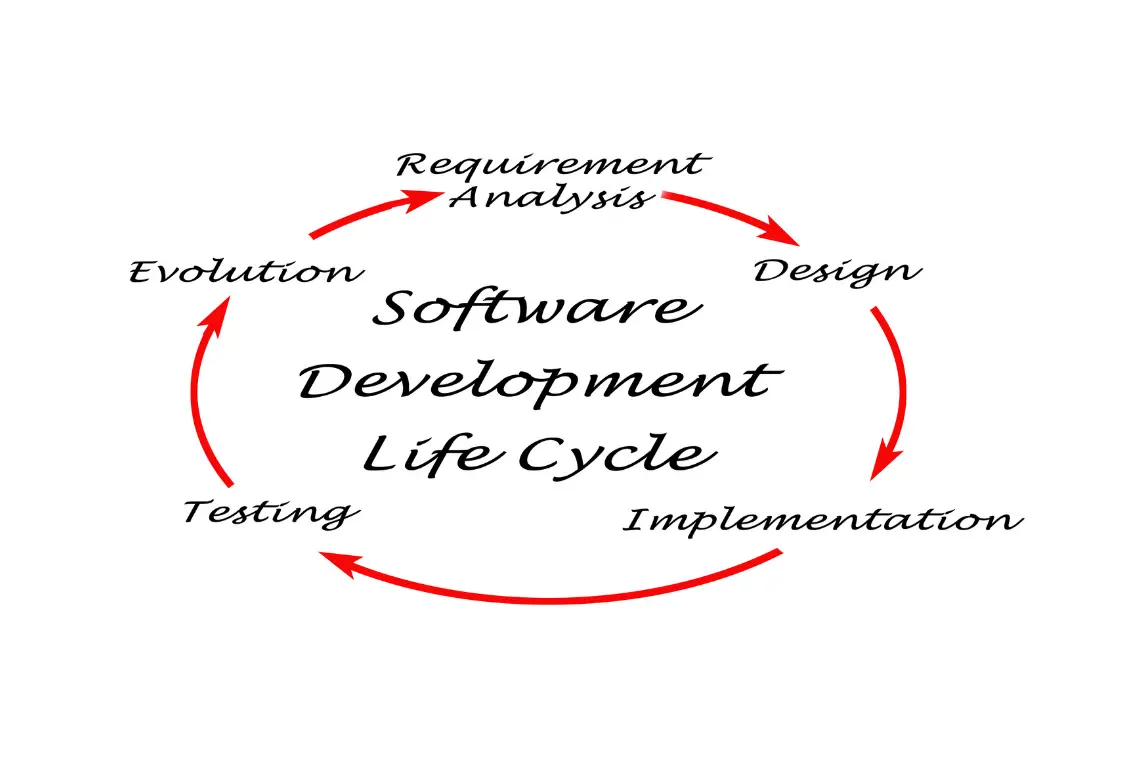
The software development process is a set of steps that are done in a certain order to make a software product.
This lifecycle typically includes several phases:
Requirements Analysis: Understanding and documenting what is required by users and stakeholders.
Design: Planning the software solution, including architecture, system interfaces, and user interfaces.
Implementation: Actual coding of the software.
Testing: Verifying that the software meets all requirements and fixing any issues.
Deployment: Releasing the software to users.
Maintenance: Ongoing support and updates to the software.
Modern software development best practices emphasize thorough requirement analysis, robust design, efficient coding practices, comprehensive testing, and effective maintenance strategies.
These practices ensure the creation of high-quality software that meets user needs and is reliable, maintainable, and scalable.
Software Process Improvement
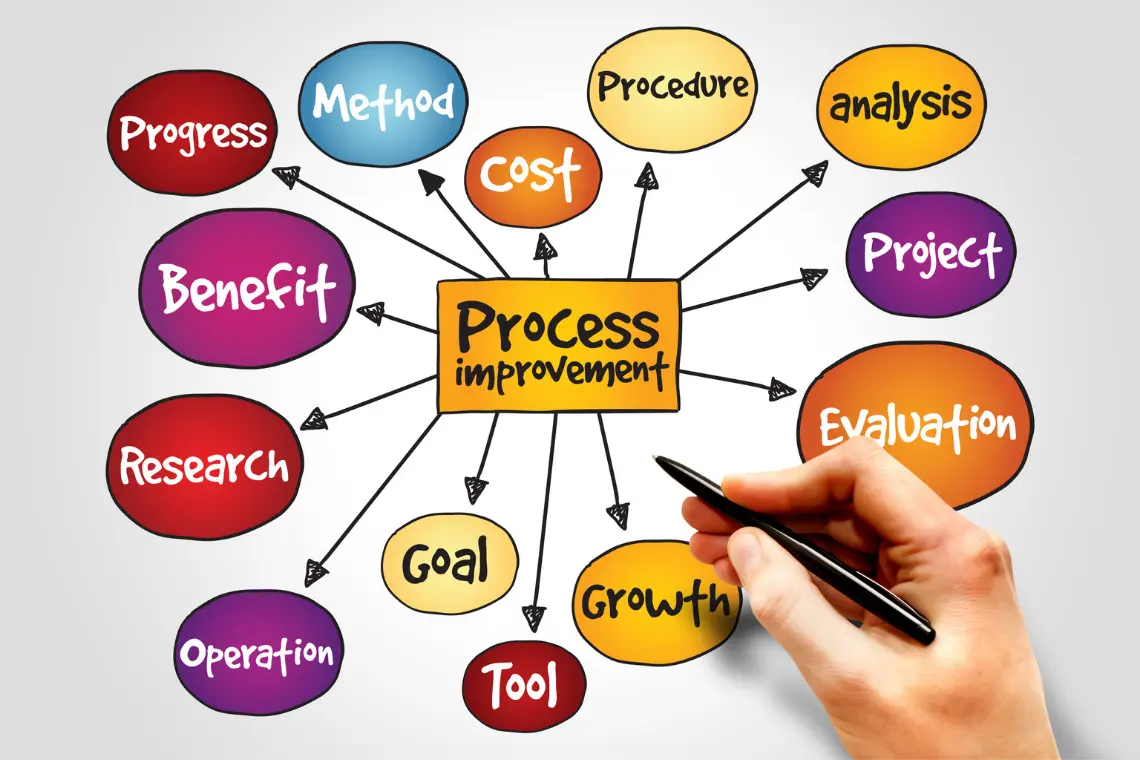
Software Process Improvement is critical in today’s dynamic software development. It includes different methodologies, each of which targets different aspects of improvement:
Adopting Agile Methodologies: Agile practices, with their focus on flexibility, customer satisfaction, and continuous delivery, are fundamental concepts of agile for rapid and responsive development.
Implementing DevOps Practices: Integrating development and operations improves collaboration and speeds up delivery, which is critical for continuous deployment.
Lean Principles: Focus on eliminating waste in software processes, increasing efficiency, and delivering value.
Continuous Improvement (Kaizen): This approach encourages ongoing, incremental improvements, fostering a culture of constant development and innovation.
Regular Training and Skills Development: Keeping teams updated with the latest technologies and methods is key to adapting and improving processes.
Feedback Loops: Using customer and stakeholder feedback helps refine the software to better meet user needs.
Quality Assurance Measures: Robust testing and quality control are essential for maintaining high standards of software quality.
By using these different strategies, organizations can make software development much more efficient, reduce costs, and improve the quality of their software, meeting both market and customer needs.
Importance of Software Process Improvement
The role of measurements in software process improvement is essential and multi-dimensional. They serve as the foundation for:
Enhancement Identification: Measurements help pinpoint specific areas in the software process that require improvement, enabling targeted and effective enhancements.
Progress Tracking and Evaluation: By quantifying progress against objectives, measurements offer a clear view of how effectively changes are being implemented and the impact of these changes on overall project success.
Data-Driven Decision-Making: Using empirical data from measurements allows for more informed, objective decision-making, moving away from intuition-based approaches.
Benchmarking and Target Setting: Measurements enable organizations to benchmark their processes against industry standards, helping to set achievable and realistic targets.
Continuous Monitoring and Refinement: The ongoing process of measuring allows for continual monitoring and fine-tuning of practices, fostering a culture of continuous improvement and adaptation.
By using these measurement strategies, we can make sure that the processes we use to make software are not only effective but also flexible enough to adapt to other needs and expectations, which leads to continuous growth and innovation.
Measurement Theory in Modern Software Development
Measurement theory in modern software development is a set of principles and methods for quantifying and analyzing different parts of the software development process. This theory plays a crucial role in:
Project Progress Assessment: Using metrics to track the advancement of software projects against timelines and milestones.
Code Quality Evaluation: Using tools like code complexity, defect density, and coding standards, compliance ensures high-quality outputs.
Team Performance Measurement: Analyzing team productivity and efficiency through metrics like velocity, sprint burndown, or feature completion rates.
The main goal of measurement theory is to turn subjective aspects of software development into concrete, measurable numbers.
This transformation enables a more analytical, data-driven approach to managing software projects. It aids in making informed decisions, setting achievable targets, and pinpointing areas for improvement.
Ultimately, applying measurement theory in software development leads to enhanced project management, better resource allocation, and continuous improvement in processes and outcomes.
Software Measurement and Metrics
In software development, effective measurement and metric tracking are quite important for quality and process improvements.
Static Analysis: Inspecting code for errors and quality issues without executing it. It highlights potential vulnerabilities and areas for improvement in the code structure.
Dynamic Testing: Focuses on executing the code to uncover functional errors and performance issues. It ensures the software operates as expected under various conditions.
Code Coverage: A key metric that shows the extent of the code being tested. Higher coverage often correlates with lower defects.
Performance Indicators: Metrics like response time and resource usage are crucial for evaluating the software’s operational effectiveness.
Deployment Frequency: The frequency of deploying new releases or updates actively reflects the agility of the development process.
Production Defects: Number of errors found post-deployment, showing the effectiveness of pre-release testing.
By paying attention to these things, software development teams can make sure that their work not only meets technical standards but also fits with what users want and what the business wants to achieve.
This approach leads to a more balanced and effective development strategy, optimizing both the quality and functionality of software products.
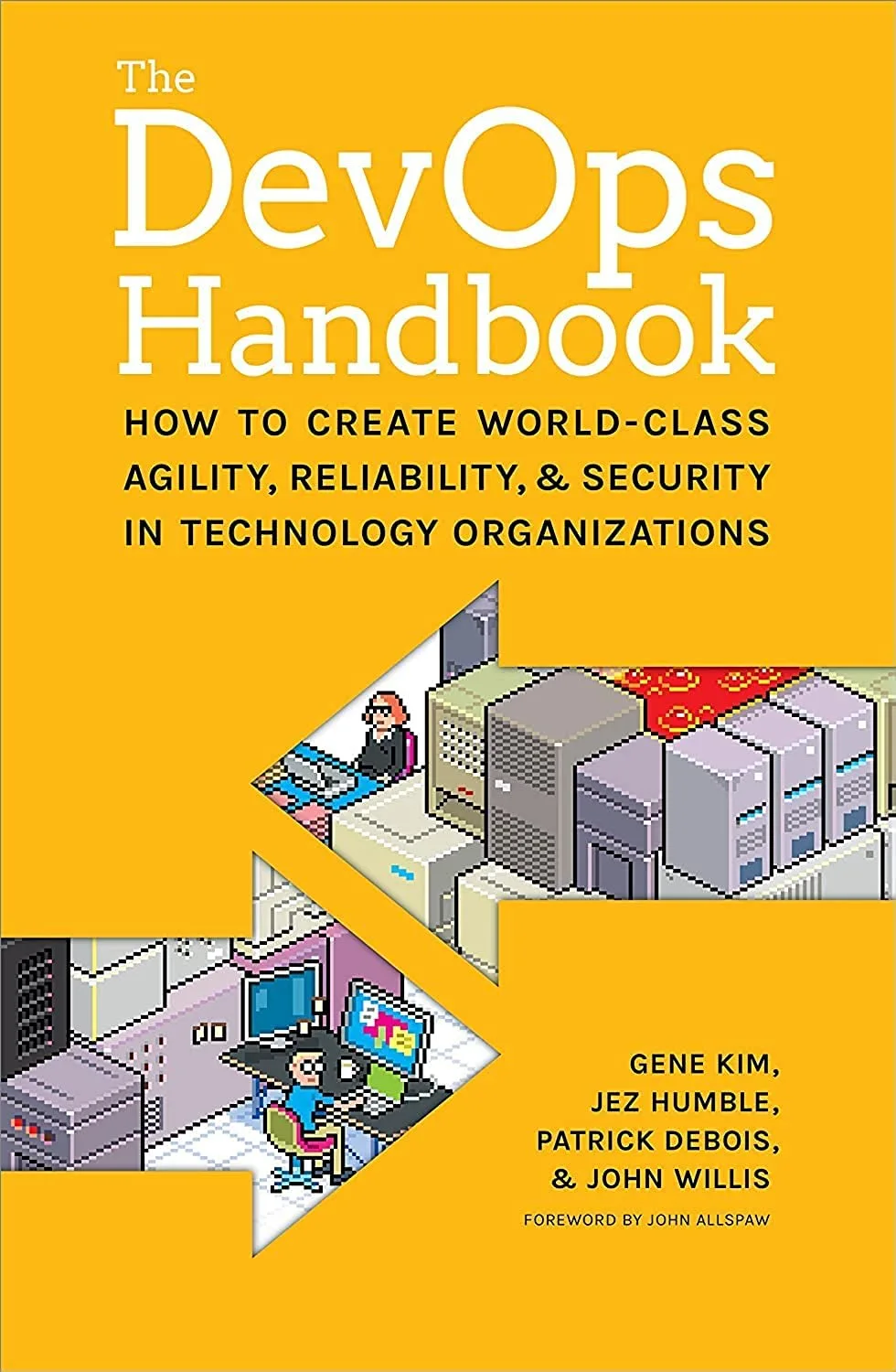
Types of Software Maintenance
Software maintenance is an integral part of the software lifecycle, ensuring that a software product remains functional and relevant post-deployment. We can categorize it into four main types.
Corrective Maintenance: Actively addresses bugs and defects discovered in the software following its deployment.
Adaptive Maintenance: Deals with making the software adaptable to changes in its environment, such as updates in operating systems or hardware.
Perfective Maintenance: Focuses on improving the software’s performance and usability, often through adding new features or enhancing existing ones.
Preventive Maintenance: An important part of software maintenance is preventing future problems by improving documentation, code restructuring, and optimizing performance.
This is an important part of the software lifecycle because it makes sure that the software stays useful and lasts a long time.
The role of maintenance in the software lifecycle is critical for the longevity and relevance of the software.
For example, it makes sure that the software is up-to-date with new technology, meets user needs, and remains efficient and secure.
Key Roles in Modern Software Development
In a software development team, various key roles contribute to the project’s success:
Project Manager: Oversees the project, ensuring it meets deadlines, stays within budget, and aligns with objectives.
Business Analyst: Bridges the gap between business needs and the technical team.
Software Developer/Engineer: Responsible for writing, testing, and maintaining the code.
Quality Assurance (QA) Analyst: Ensures the software meets quality standards and is free of defects.
UI/UX Designer: Focuses on the user interface and user experience design.
Database Administrator (DBA): Manages the database and ensures data integrity.
System Architect: Designs the system architecture and ensures it meets business requirements.
Modern software development methodologies, like Agile, which emphasize collaboration and flexibility, have changed the roles in system development.
As a result, jobs now overlap more, and cross-functional skills are more important than ever.
Essential Tools in Modern Software Development
Effective software development relies on various tools:
Integrated Development Environments (IDEs): Streamline coding with features like syntax highlighting, code completion, and debugging.
Version Control Systems: Track changes in code and facilitate team collaboration.
Testing Tools: Automate the testing process to identify defects early.
Project Management Tools: Help schedule, track progress, and manage resources.
Database Management Systems: Essential for data storage, manipulation, and retrieval.
Collaboration Tools: Enable seamless communication and coordination among team members.
These tools enhance efficiency and productivity by automating routine tasks, reducing errors, and enabling better team collaboration.

Embracing Agile in Modern Software Development
Agile methodologies prioritize iterative development, in which cross-functional teams collaborate to meet the dynamic requirements and solutions of today’s software development. Key principles include:
Adaptive Planning: Emphasizing flexibility and continuous improvement.
Early and Continuous Delivery: Frequent delivery of functional software.
Collaborative Environment: Close cooperation between business stakeholders and developers.
Responding to Change: Ability to adapt to changing requirements.
Popular Agile frameworks include Scrum, which uses short sprints and daily stand-ups to manage work, and Kanban, which focuses on visualizing work, limiting work in progress, and maximizing flow.
Technical Debt
Technical debt is the price of additional rework resulting from selecting a quick fix over a more effective strategy that would take more time.
It happens when development teams take shortcuts to meet deadlines or address immediate needs at the expense of long-term quality.
The cost of this debt is not just in the additional rework required but also in the potential compromise of long-term software quality.
It can manifest in various forms, such as suboptimal code, a lack of documentation, or unfinished functionalities, leading to increased maintenance efforts and challenges in future development cycles.
Understanding and managing technical debt is crucial for maintaining the health and sustainability of software.
Security Debt
Security debt is a subset of technical debt that focuses on the security measures taken during software development.
This kind of debt happens when teams don’t fully implement security measures that are standard in the business or when they use old security protocols.
Getting too much security debt can have terrible effects, leaving you open to vulnerabilities and potential breaches.
This poses a risk to data integrity and user trust and can also cost a lot to fix in the future.
It is important to deal with security debt proactively to keep software products safe and resilient in a digital world that is becoming more and more vulnerable to threats.
Complexity and Maintainability of Modern Software Development
For a project to be successful in the long run, it’s important to understand and manage software complexity and maintainability.
Software Complexity: Complexity arises from complex structures, multiple interacting components, and challenging problem-solving requirements. It affects understandability, testing, and the likelihood of defects. Managing complexity is essential to ensuring that software is maintainable and scalable.
Maintainability and Software Size: Larger software systems often have greater complexity and maintenance challenges. Key factors include code readability, standardization, modularity, and documentation. The goal is to create software that is easier to update, adapt, and manage over its lifecycle.
Software Testing
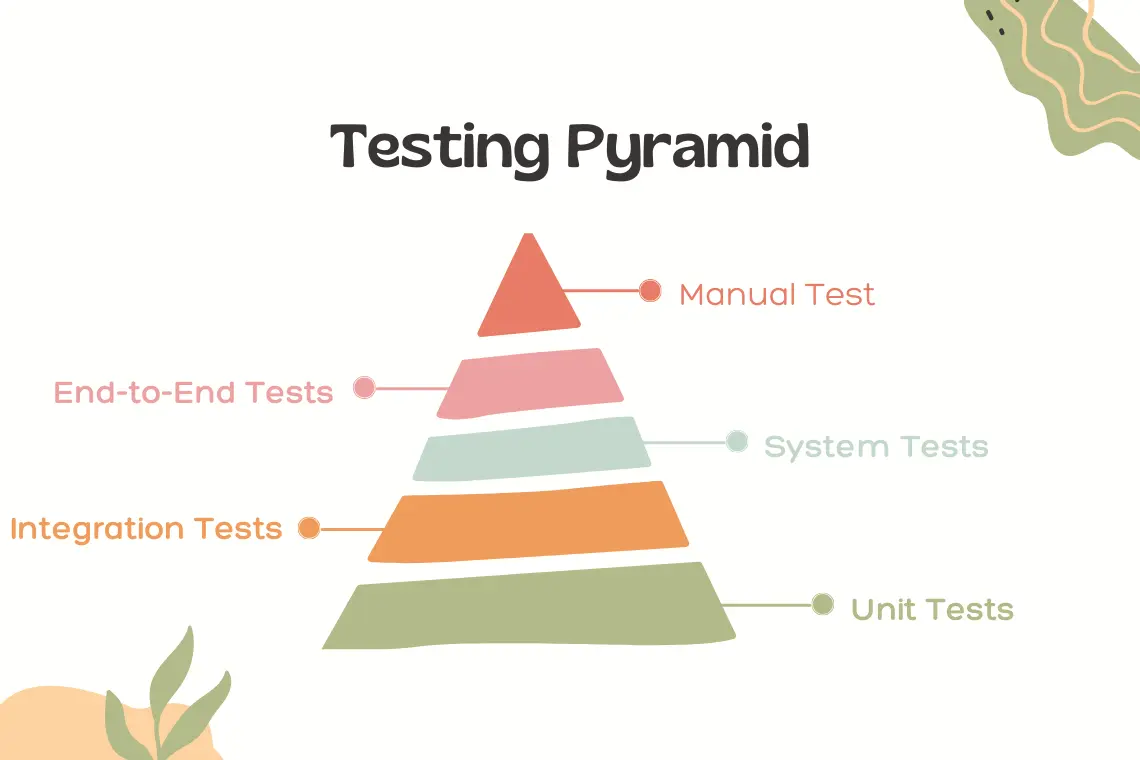
The Testing Pyramid is a strategic framework that ensures a balanced approach to different software tests. It’s designed to guide software testing processes, prioritizing robustness and efficiency while minimizing bugs in production.
This method suggests a structured hierarchy of testing types, from unit tests at the base, ensuring individual components function correctly, to integration tests in the middle, checking the interactions between components, and finally a few important high-level system tests to make sure the whole thing works well.
Software developers can make more reliable, high-quality software by following this pyramid structure.
The Testing Pyramid is a strategy for balancing different software tests:
Component Tests (Unit Tests): These are foundational, focusing on small parts of an application in isolation. They should be numerous, quick to run, and easy to write.
Integration Tests: They evaluate how different components of the application interact with each other, including APIs and database integrations.
Automated GUI Tests: These tests check the user interface to ensure correct behavior from the user’s perspective. They are fewer than unit and integration tests.
End-to-End Tests: Assess complete application flow, from user input to expected output, mimicking real-world scenarios.
Manual Tests: At the top of the pyramid, manual tests include exploratory testing and usability testing, which require human observation and judgment.
By ensuring these tests, we will have comprehensive coverage from individual components to the entire system, maximizing software quality and reliability.
DevOps Practices
DevOps, integrating software development (Dev) and operations (Ops), significantly enhances the efficiency and quality of software delivery.
Collaborative Culture: DevOps fosters a culture of collaboration between developers and IT operations, breaking down traditional silos.
Continuous Integration: Regularly merging code changes into a central repository, followed by automated builds and tests.
Continuous Deployment: Ensures that code changes pass tests and automatically deploys them to production.
Automated Testing and Monitoring: DevOps emphasizes the use of operational tracking tools to identify and resolve production problems quickly, as well as automated testing tools to ensure code quality.
Microservices Architecture: Often employed in DevOps, it allows teams to develop, deploy, and scale services independently, enhancing agility.
Having these practices, DevOps leads to more adaptive, efficient, and robust software development processes, improving both the speed and quality of software delivery.
Conclusion
In our comprehensive exploration of modern software development practices, terms, and trends, we’ve provided a holistic view that extends beyond just coding.
We talked about different approaches, and principles, and how things like technology and security debt are becoming more and more important.
With a focus on the importance of a comprehensive understanding and a flexible methodology, the objective of this blog is to provide software development professionals with the understanding required to thrive in a field that is continuously changing.
Adopting Agile and DevOps techniques, knowing how to improve processes, and knowing how important measurement and quality assurance are all important for increasing productivity and encouraging new ideas and innovation.
Hope this guide serves as a foundational resource for those aspiring to excel in their software development careers, ensuring they are well-prepared to navigate and contribute to the dynamic world of modern software technology.
Note: Some links on this page might be affiliate links. If you make a purchase through these links, I may earn a small commission at no extra cost to you. Thanks for your support!
🚀 Before You Go:
- 👏 Found this guide helpful? Give it a like!
- 💬 Got thoughts? Share your insights!
- 📤 Know someone who needs this? Share the post!
- 🌟 Your support keeps us going!
💻 Level up with the latest tech trends, tutorials, and tips - Straight to your inbox – no fluff, just value!






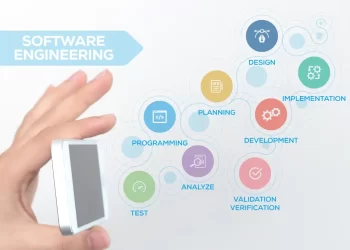












I very delighted to find this internet site on bing, just what I was searching for as well saved to fav
Pretty! This has been a really wonderful post. Many thanks for providing these details.
This is really interesting, You’re a very skilled blogger. I’ve joined your feed and look forward to seeking more of your magnificent post. Also, I’ve shared your site in my social networks!